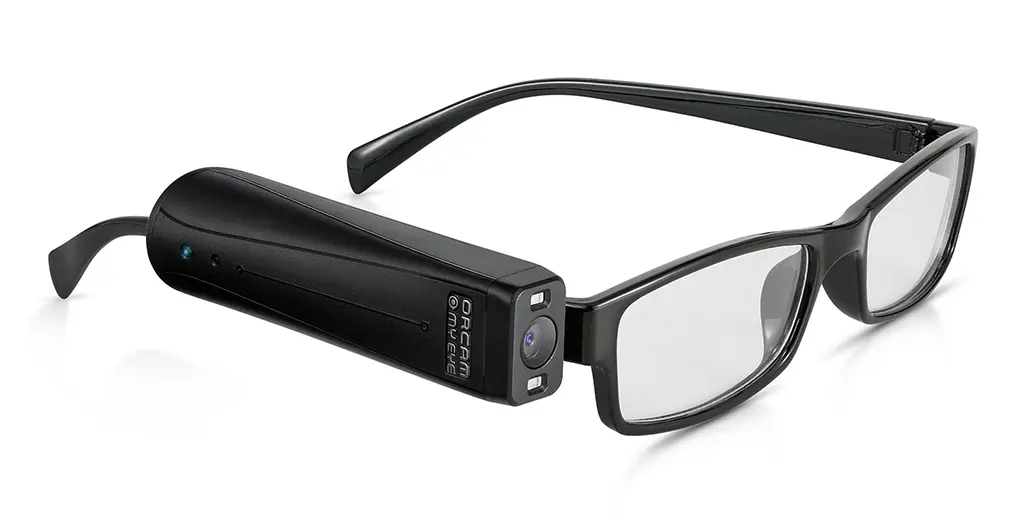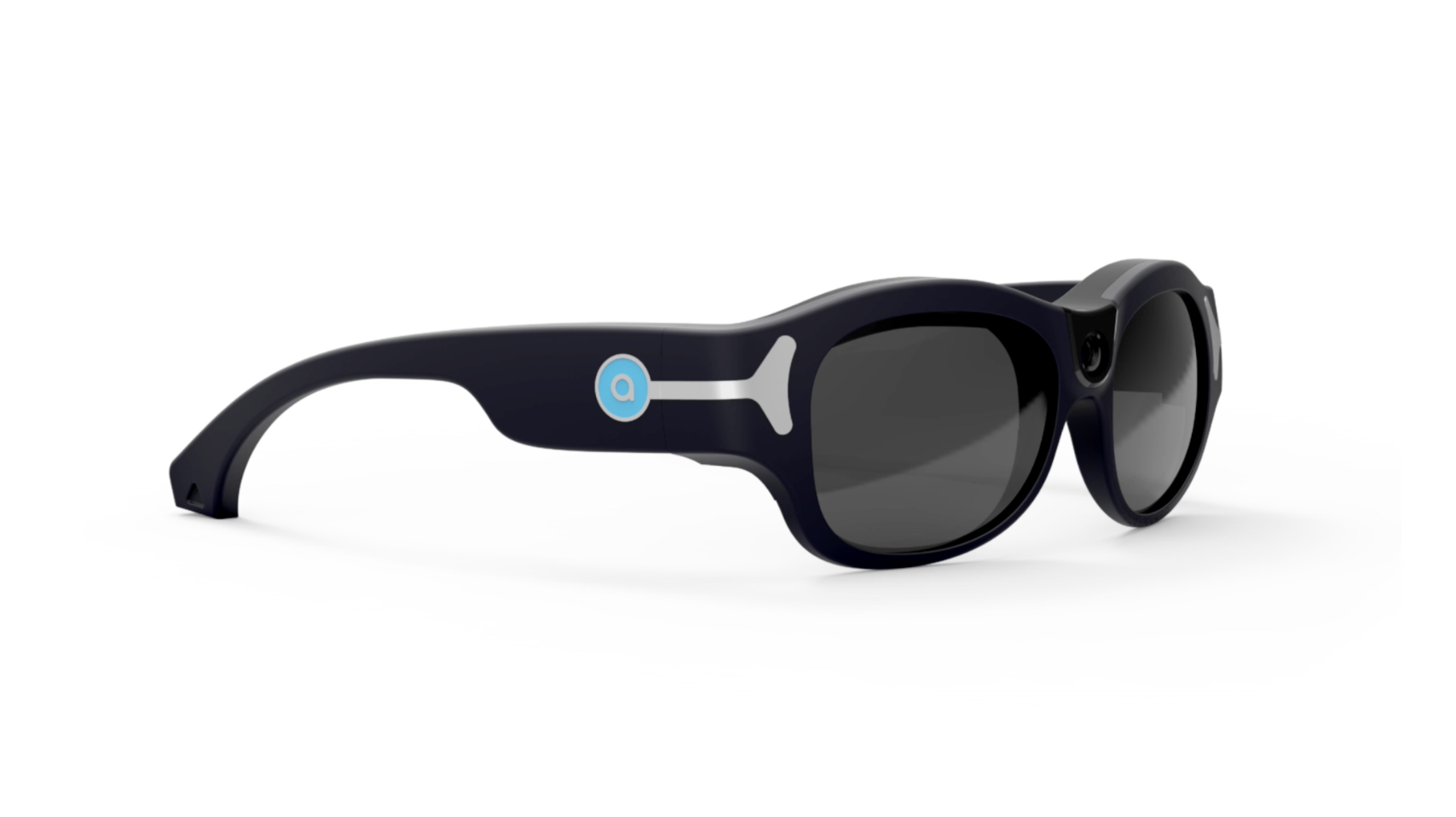Voice-Activated Assistive Devices: Empowering the Visually Impaired Through Innovation
Wiki Article
Discover Advanced Assistive Devices for Individuals With Visual Impairments
The landscape of assistive innovation for individuals with visual problems is progressing rapidly, providing an array of innovative tools that enhance freedom and engagement. From wise glasses that seamlessly combine aesthetic input with auditory advice to sophisticated navigation applications that redefine spatial recognition, these devices are reshaping opportunities.Smart Glasses Innovations
Smart glasses represent a considerable improvement in assistive innovation for individuals with visual impairments. These cutting-edge devices integrate numerous features created to boost the customer's interaction with their environment. Equipped with sensors and electronic cameras, smart glasses can capture real-time aesthetic info, which is then refined and shared to the individual through audio comments or haptic feelings. This functionality allows individuals to obtain prompt descriptions of their environments, improving their capacity to engage and navigate with the world.
Furthermore, advancements in fabricated intelligence have even more enhanced the capabilities of wise glasses. Equipment discovering algorithms can acknowledge faces, checked out text, and determine items, making them invaluable tools for day-to-day jobs. Customers can receive acoustic hints that give context about their setting, cultivating independence and self-confidence.
Additionally, the ergonomic design and lightweight nature of numerous wise glasses make them suitable for extended usage, making certain convenience while boosting capability. As these gadgets remain to progress, they hold the potential to change the means people with visual problems experience their every day lives, bridging the space in between access and modern technology. The ongoing r & d in this area promise to increase the possibilities for smart glasses, making them an essential element of contemporary assistive gadgets.
Navigation Apps and Equipment
Various navigation applications and tools have actually become necessary sources for people with aesthetic impairments, substantially enhancing their ability to pass through unknown atmospheres. These innovations leverage GPS capability, audio cues, and real-time data to offer customers with exact navigating assistance.One noticeable example is the Aira app, which connects individuals to trained agents who can offer visual descriptions of surroundings and navigating advice with an online video feed. This solution improves the user's spatial understanding and confidence while navigating. One more noteworthy device is Seeing Eye GPS, which offers voice-guided navigating and sights, allowing users to gain access to important info concerning their environments.

As technology continues to development, the development of more advanced navigating devices guarantees to further encourage people with visual disabilities, helping with smooth mobility and integration into diverse atmospheres. Such advancements are important in promoting an extra inclusive culture.
Braille Innovation Developments
Over the last few years, advancements in Braille modern technology have considerably transformed exactly how individuals with visual disabilities gain access to info and engage with the globe around them. The advancement of mobile Braille displays has actually changed reading by enabling customers to link wirelessly to computer systems, tablets, and mobile phones. These gadgets transform message into Braille in real-time, enabling smooth interaction with digital web content.
Furthermore, cutting-edge Braille printers have actually emerged, enhancing the production of tactile products. Modern embossers are quicker and more effective, permitting the rapid development of Braille records and educational materials. This effectiveness reduces the time and cost related to creating Braille sources, making them more obtainable to institutions and organizations.
Furthermore, the assimilation of Braille with various other technologies, such as synthetic knowledge and artificial intelligence, has actually opened up new opportunities for tailored learning experiences. Voice acknowledgment and synthesis innovations can enhance Braille, providing an inclusive approach to information circulation.
As the demand for comprehensive education and learning and office settings expands, these technical advancements play a crucial function in equipping people with visual disabilities, ensuring they have equal accessibility to info and possibilities in various elements of life.
Wearable Devices for Self-reliance
A growing selection of wearable tools is enhancing self-reliance for people with visual problems, supplying ingenious remedies that boost navigation and day-to-day living. Braille displays and notetakers. These tools make use of sophisticated modern technologies to supply real-time feedback and support, promoting autonomy in numerous atmospheres
Wearable innovation additionally consists of smartwatches that can be programmed with access functions, making it possible for users to get alerts, track their places, or perhaps call for help with the touch of a switch. Moreover, some tools include expert system to evaluate the atmosphere, offering sound descriptions of close-by things or individuals.
Voice-Activated Assistive Solutions
Leveraging voice-activated assistive solutions has changed the landscape of support for individuals with aesthetic disabilities, giving hands-free communication and accessibility to a variety of jobs. These innovations make use of all-natural language processing and man-made intelligence to allow customers to do daily tasks via straightforward voice commands.
Additionally, current developments in voice acknowledgment accuracy have actually enhanced the user experience dramatically, fitting varied accents and speech patterns. This inclusivity makes certain that even more people can gain from these modern technologies, cultivating a greater feeling of freedom.
Final Thought
To conclude, the development of innovative assistive devices significantly boosts the self-reliance and lifestyle for individuals with aesthetic problems. Innovations such as clever glasses, navigating apps, Braille modern technology, wearable tools, and voice-activated services collectively foster a more comprehensive atmosphere. These technologies empower customers to browse their environments with confidence and engage more completely with the world, eventually advertising higher access and equal opportunities for people dealing with visual obstacles.The landscape of assistive modern technology for individuals with aesthetic disabilities is progressing quickly, providing a range of innovative devices that improve autonomy and engagement.Smart glasses represent a substantial improvement in assistive modern technology for people with visual problems. As these gadgets proceed to progress, they hold the possible to revolutionize the method people with visual problems experience their day-to-day vision care lives, connecting the gap between accessibility and technology.In recent years, developments in Braille innovation have considerably transformed exactly how people with aesthetic impairments gain access to information and engage with the world around them. These innovations equip users additional reading to browse their environments with self-confidence and engage more totally with the world, inevitably advertising higher accessibility and equal possibilities for people facing aesthetic challenges.
Report this wiki page